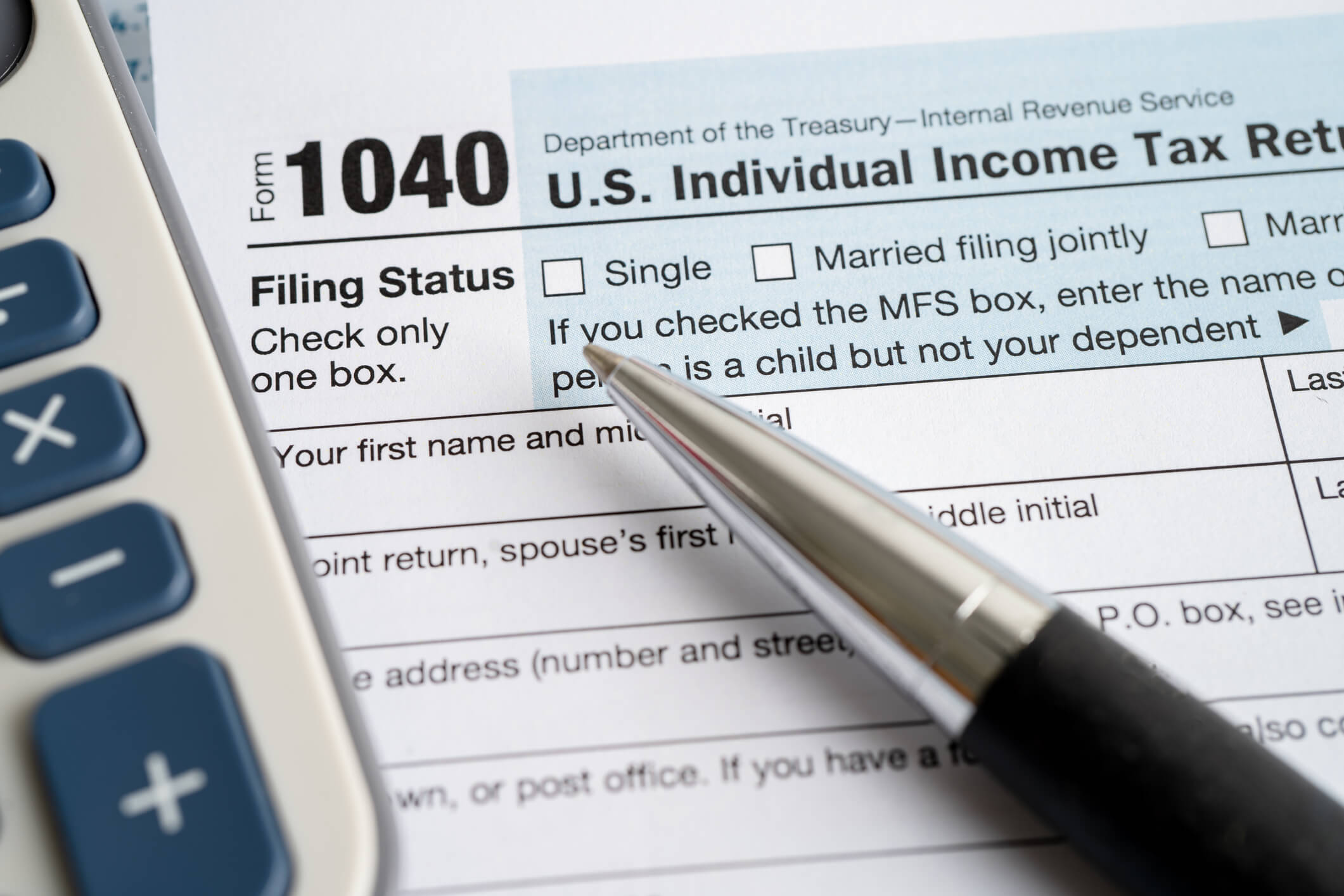The Income Tax for Individuals, commonly known as Income Tax, is one of the ways that the United States uses order to raise funds from the income of individuals. In this way, the Government tries to redistribute wealth through public spending among the entire population.
It is a law in which all individuals receive income for work, capital, economic activities, property losses and profits, and other established income charges. In today’s post, we will see what the tax consists of and the key factors that define it.

Key Elements to Calculate the Income Tax
Two key parameters define the Personal Income Tax: the tax base and the type of tax. These concepts are roughly the amount of income that computes the tax and the fraction due to the Public Treasury.
The tax base is the net income amount corresponding to a person who must pay tax. Two types of income count for the tax base, and those that do not matter to add to the tax base.
The tax rate is the percentage applied to the tax base in such a way that it marks the amount of money to be paid because of the income tax. It is a progressive percentage, which means that not everyone must pay for it, but it goes through income brackets, in which a different percentage applies. The higher the volume of income, the higher the percentage or type of tax.

Each exercise is typical in that variations of the tax calculation may arise. For example, several new regulations come into force for the current year in higher retention of work income than in previous years and taxation for purchasing and selling investment funds, shares, and real estate.
The government’s changes in 2012 made the Treasury forecast that this year, there will be a lower volume of returns, 4.5% lower than the previous year. At the same time, revenue from the tax is expected to increase by 3.5%.
Mechanics for the Calculation of the Tax
Different tools are available for taxpayers to calculate the result of Personal Income Tax. The Tax Agency issues an automatic in-person, online, or telephone upon request and corresponding accreditation.
In addition, there is the Father Program, a tool to calculate the tax from scratch. The calculation system is complex for most people since many tax concepts are not easy to understand, so it never hurts to request help from an expert who can help us prepare the statement.
When calculating the income statement, the first thing is to classify the income according to its origin and see which count to add to the tax base and which do not. These sources of income can be:
- Work performance
- Income from the capital
- Income from economic activities
- Profit and loss of assets
- Income taxes are established by law

All previous income is integrated and adjusted based on the possible compensation to which each person may be entitled. The latter is a deduction, allowing an individual to avail of the discount at a certain amount if specific requirements arise in different subjects.
The deductions may vary each year, depending on the autonomous community where the person has the tax domicile. To know them, you must go to the Tax Agency and consult the Practical Handbook of the Declaration.
Once the income deductions and inventory are applied, the declaration’s result can easily be known, which can be positive (paid) or harmful (charged). If it goes out to pay for the taxpayer, he has until the end of June to make it effective, incurring a penalty if he fails to comply with this obligation. If it is negative, the Tax Agency will refund the amount throughout the year, starting 48 hours after the presentation of the declaration.
 About Complete Controller® – America’s Bookkeeping Experts Complete Controller is the Nation’s Leader in virtual bookkeeping, providing service to businesses and households alike. Utilizing Complete Controller’s technology, clients gain access to a cloud platform where their QuickBooks™️ file, critical financial documents, and back-office tools are hosted in an efficient SSO environment. Complete Controller’s team of certified US-based accounting professionals provide bookkeeping, record storage, performance reporting, and controller services including training, cash-flow management, budgeting and forecasting, process and controls advisement, and bill-pay. With flat-rate service plans, Complete Controller is the most cost-effective expert accounting solution for business, family-office, trusts, and households of any size or complexity.
About Complete Controller® – America’s Bookkeeping Experts Complete Controller is the Nation’s Leader in virtual bookkeeping, providing service to businesses and households alike. Utilizing Complete Controller’s technology, clients gain access to a cloud platform where their QuickBooks™️ file, critical financial documents, and back-office tools are hosted in an efficient SSO environment. Complete Controller’s team of certified US-based accounting professionals provide bookkeeping, record storage, performance reporting, and controller services including training, cash-flow management, budgeting and forecasting, process and controls advisement, and bill-pay. With flat-rate service plans, Complete Controller is the most cost-effective expert accounting solution for business, family-office, trusts, and households of any size or complexity.




